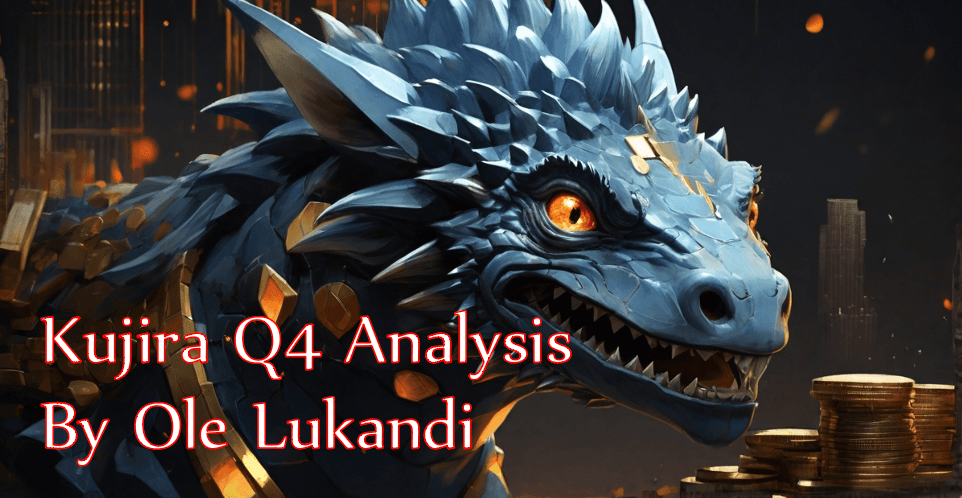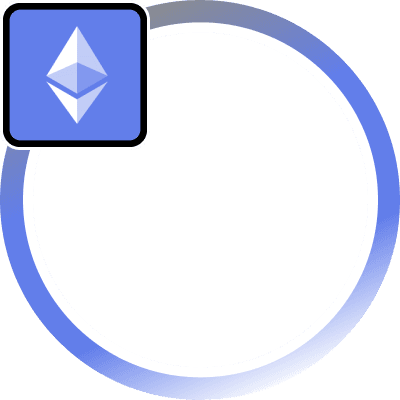Background and History
Clone was developed to bridge the gap between traditional asset trading and decentralized finance by offering cloned synthetic assets. These cloned assets are designed to mimic the value of real-world assets without the need for centralized exchanges. Clone’s mission is to democratize access to a wide range of asset classes while maintaining the security, speed, and low transaction costs associated with Solana.
The platform is built on the premise of synthetic assets—financial instruments that replicate the value of other assets like stocks, commodities, and cryptocurrencies. Through the use of oracles and a decentralized pricing mechanism, Clone ensures that these synthetic assets closely track their real-world counterparts.
Key Features and Technologies
Cloned Assets and Liquidity
Clone introduces cloned assets, which are synthetic representations of real-world financial assets. These assets enable users to trade various commodities, stocks, and cryptocurrencies without holding the underlying asset. The cloned assets are backed by a hybrid collateral model, ensuring liquidity and price stability. Clone’s Comet Liquidity System further enhances this by efficiently managing liquidity pools to minimize slippage and optimize market efficiency.
For liquidity providers (LPs), Clone offers opportunities to provide liquidity to cloned asset markets, earning fees based on trading activity. The hybrid collateral model allows LPs to deposit multiple types of collateral to back the cloned assets, offering flexibility and reducing risk.
Advanced Trading Strategies
Clone also caters to advanced traders by offering perpetual contract funding rate farming and integration with platforms like Solend. These strategies allow traders to leverage their positions and take advantage of market fluctuations while earning additional rewards. The platform’s perpetual contracts provide opportunities for sophisticated trading strategies, making it an attractive option for users looking to maximize returns through DeFi.
Points Program and Rewards
Clone operates a points-based rewards system, incentivizing user participation across trading, liquidity provision, and other activities. Users accumulate points based on their interactions with the platform, which can be redeemed for various benefits within the ecosystem. This gamification of DeFi participation helps drive engagement and ensures that users are rewarded for their contributions.
Usage and Applications
Clone serves both traders and liquidity providers by offering a wide range of DeFi tools and products. Traders benefit from access to cloned synthetic assets, allowing them to speculate on the price of real-world assets without needing to hold them. The ability to engage in perpetual contract funding rate farming provides an additional avenue for profit, with rewards tied to the fluctuation of funding rates across the market.
For liquidity providers, Clone offers multiple ways to earn fees, from providing liquidity to cloned asset pools to utilizing the Comet Liquidity System. The hybrid collateral model allows LPs to diversify their collateral holdings, mitigating risks while maximizing rewards. The platform’s infrastructure ensures that liquidity is efficiently deployed, reducing slippage and improving trading outcomes for users.
Governance and Fees
Overview
Clone is a decentralized platform, and governance decisions are driven by the community. Users are encouraged to participate in governance by voting on protocol upgrades, new asset listings, and fee structures. This ensures that the platform evolves in a way that aligns with the needs of its users.
Protocol Fees
Clone charges transaction fees for trading cloned assets and interacting with liquidity pools. These fees are distributed among liquidity providers and used to fund the development of the platform. Additionally, the fees help incentivize long-term participation in the protocol by rewarding active users through the points program.
Notable Events
- Launch of Cloned Assets: Clone introduced synthetic asset trading, allowing users to access a wide range of assets on the blockchain without needing to hold the underlying asset.
- Integration with Solend: Clone enabled advanced strategies such as perpetual contract funding rate farming through its integration with Solend, giving traders additional tools for managing their portfolios.
- Points Program Implementation: The platform launched its points program, rewarding users for their participation in the Clone ecosystem, from trading to liquidity provision.
Relevant Metrics and Data
- Total Value Locked (TVL): Clone has seen an increase in TVL as more users participate in liquidity provision for cloned asset markets.
- Cloned Asset Trading Volume: Trading volume on Clone has grown steadily, with users benefiting from low fees and efficient market execution.
- Perpetual Contract Rewards: Users participating in perpetual contract funding rate farming have earned significant rewards, further driving engagement with the platform.








